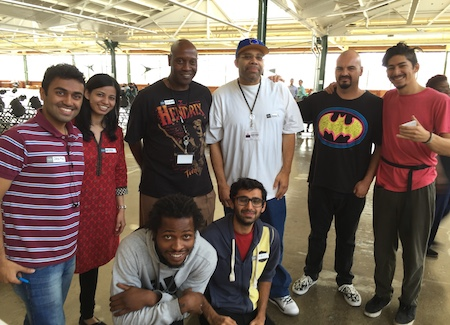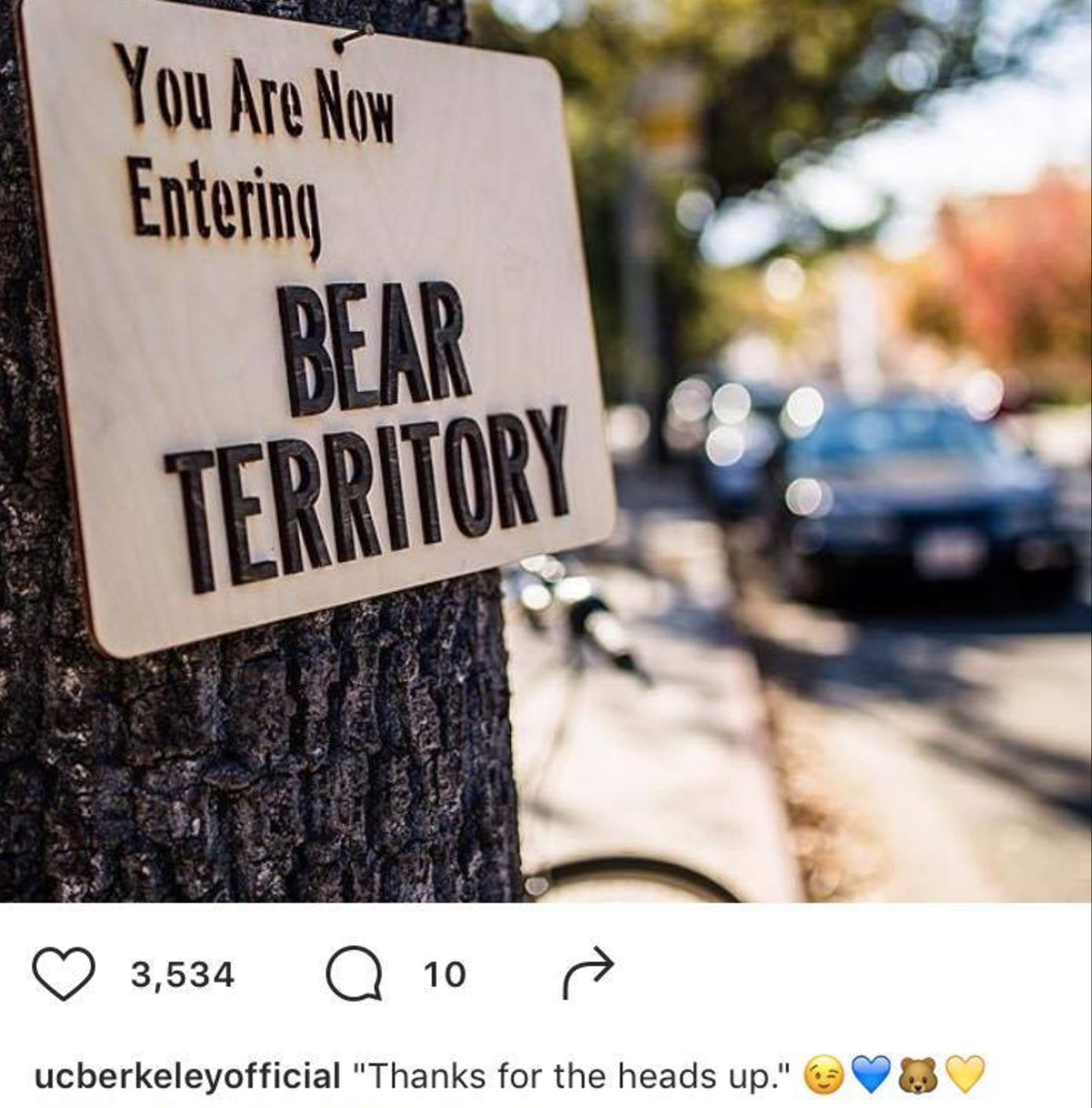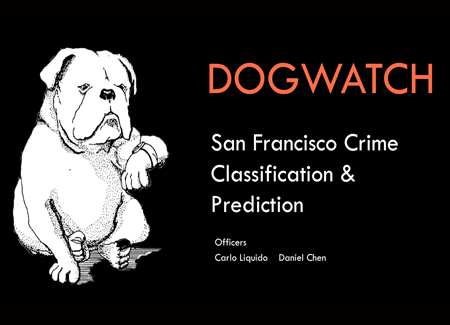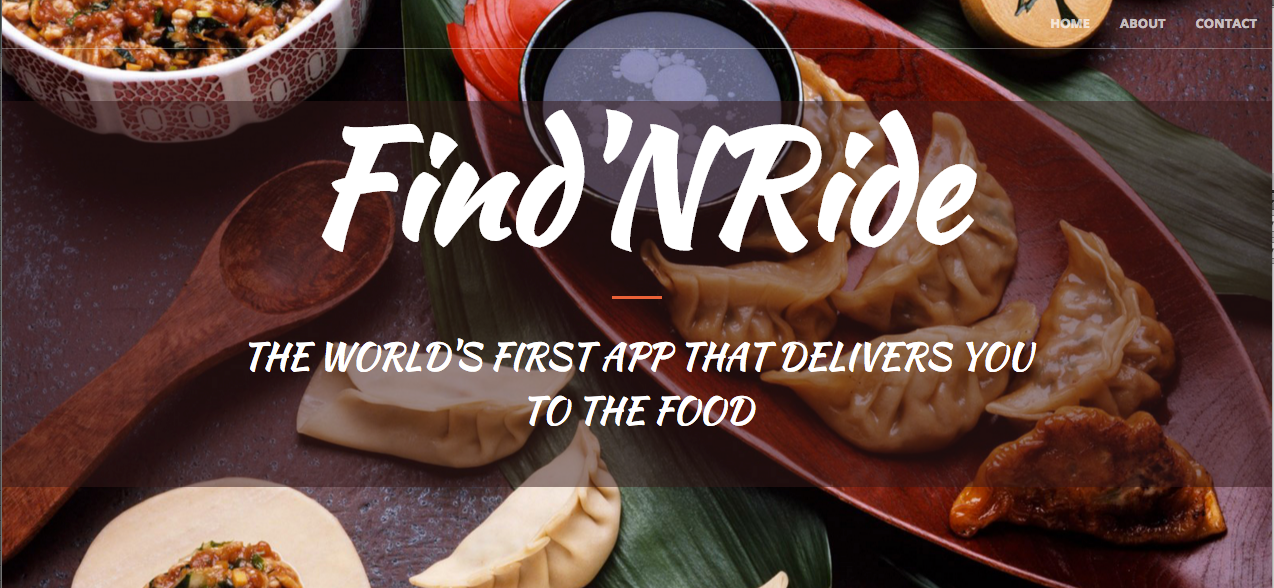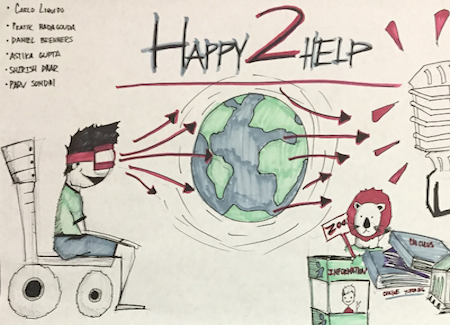
More Projects
Data Vizualization | Other Projects | Sketch Notes
By: Carlo Liquido
EdFit: Interactive Hyper-Personal Tangible Device
[Human Centered Design] [UX Research] [User Interface Design] [Arduino] [Soldering] [Laser Cutter]
As a small group, we were tasked with creating a hyper-personal object for a person we hardly knew. We found Ed. His life was micromanaged and completely scheduled around school and his home life. Fitness was his way of destressing. His peers began asking for personalized workout sessions. What began as a one-on-one workout affair grew into something more, an intense weekly program for other graduate school students. However, Ed found a lack of motivation in many of his attendees. Three interviews and a workout session later, we created a giant timeclock for Ed. It would create a benchmark of sucess for his entire class.
Labor2Day
[UX] [User Experience] [Javascript] [Twilio]
The Meeting of the Minds convention is an annual event in which 400+ VIPs from 25+ countries convene to discuss smart and sustainable cities. Teams were challenged to develop new technologies that improve the livability, sustainability, and connectedness of the city of Richmond. We created a text-based messaging system called Labor2Day to connect day laborers with local employers. We discovered that many of Richmond’s day laborers had no idea where to look for jobs. Similarly, employers had little insight on how to contract short-term service. Using the new system, employers input today’s or tomorrow’s job needs via a web application. The laborers text their name to a number and are led through a sequence of questions. The information is automatically processed and queried in real-time, and potential matches are sent back.Labor2Day does not require WiFi or online access, making it as accessible as possible to day laborers.
Emojineering
[NLP] [Python] [Machine Learning] [Web-Scraping]
It is well documented that emojis and emoticons can express meaning in our texting and social media posting in ways that simple words cannot. Why do some texts contain emojis and why do others not. Do emojis add semantic value? Can we accurately extract sentiment? These questions are all pertinent to our project's goal--to create an emoji tool that can assign the appropriate emoji to a given piece of text. We stripped all emojis from each document in our training set (ie, nearly 1 Million tweets from 2013) and treated them as our target labels. If our predictions proved accurate enough, we would pursue further work into inserting emojis into larger corpuses.
Bear Crossing
[Field Observations] [Laser Cutter] [General Shop] [Illustrator]
As a small group, we were required to select a public site to conduct field observations. Because there was little time for formal user testing and evaluation, we focused on rapid generation and design concepts based on the site's geography, landscape, and public use. We decided on a public intersection between the main Berkeley campus and an off-site Berkeley building. We realized that most students did not pay the interseciton the same respect and awareness that many other public roads did. Our field observations lead us to believe that they would not distinguish this road any differently than a road on the main campus. Thus, we created a set of border-crossing signs modelled after signs you might see crossing state boundaries or even immigration lines. We decided on a subtle psychological intervention that would not cause those passing by to quickly dismiss the new feature.
WatchDog GeoSpatial Analysis
[Spatial Analytics] [Python] [Machine Learning] [Folium]
San Francisco experiences no shortage of crime. A mixture of growing social and economic inequalities, housing disparity, and urban complexity all add to this unique problem. The City of San Francisco, in an effort to gain insight into and fight against crime, has solicited public assistance by publishing nearly 12 years of crime reports onto SFOpenData and developing a Kaggle competion with now nearly 900 teams across the country. Our goal was to predict the category of crime that would occur given a location and time. We are currently ranked in the top 50 of nearly 900 other kaggle contestants.
Find'NRide
[Web Development] [Django] [Postgres] [Heroku] [Javascript]
Our team was given the freedom to build a RESTful web application using current web technologies. We were all motivated by the idea of creating a platform that integrated mobility in a city with fast querying abilities. After deliberation on how to scope our project, we decided to build a tool that queried for food options. Our team developed the "Find and Ride" app which enables users to locate nearby restaurants and/or Yelplisted establishments and provides taxi transportation prices (Uber) to those destinations via a mapbased (Google) interface.
Happy2Help
[UX Research] [User Centered Design] [HCI] [Storyboarding]
Happy2Help was formulated to transcend beyond the recreational motives of a tetraplegic individual, instead aiming to dig deep and locate their fundamental requirement - to gain a meaningful identity within their community. While virtually experiencing fun activities like scaling mountains would provide them with temporary satisfaction, providing them jobs that utilize their assets would provide them with permanent empowerment.

